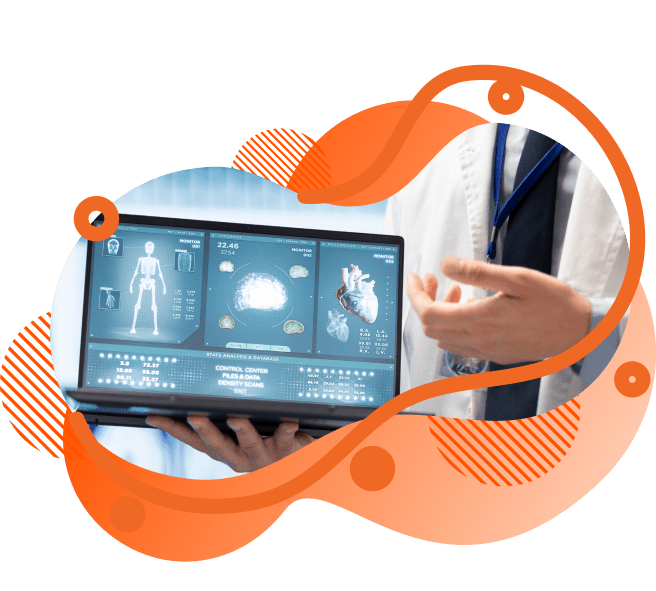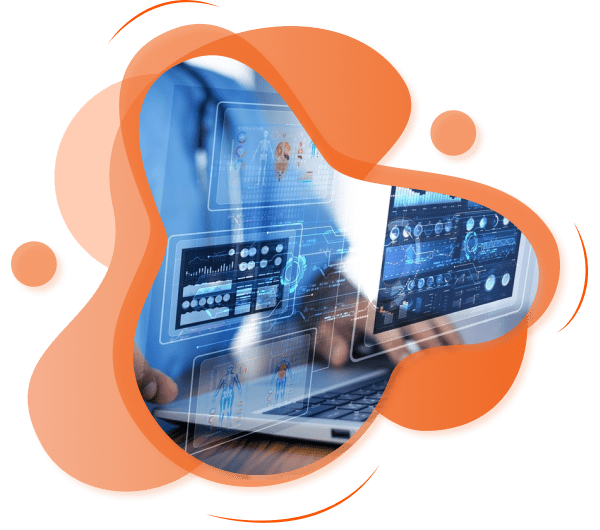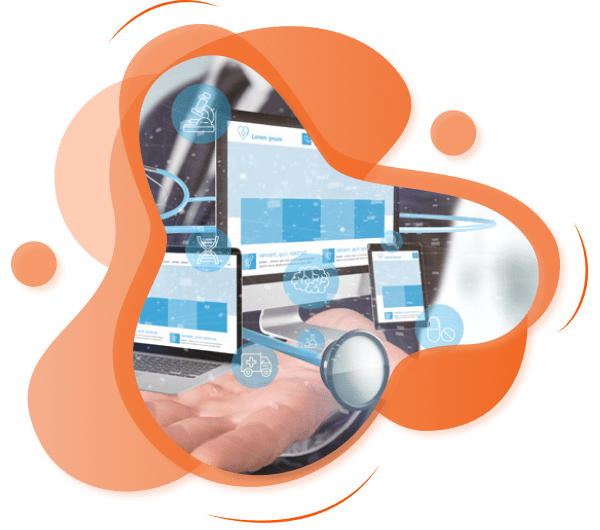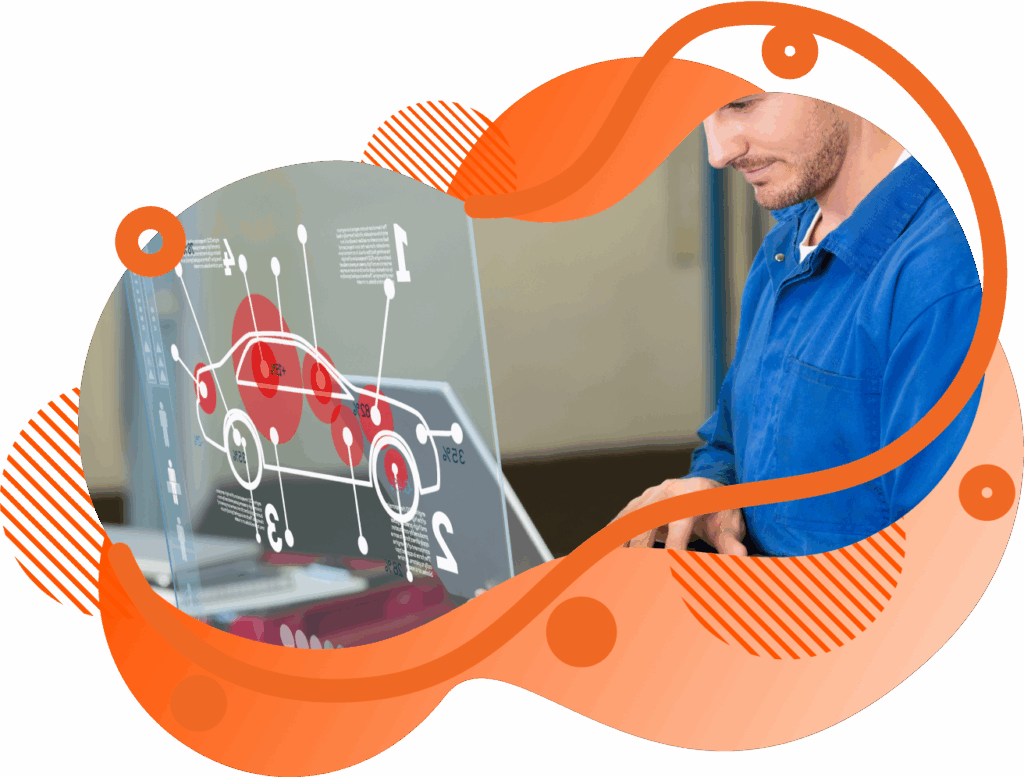medical device software development


Embedded Software Development


Medical Device Manufacturers
We work with firms that create monitoring tools, surgical systems, wearable sensors, plus implantable devices. These products require control logic embedded at the system level, functional interfaces, data storage utilities then update tools. We write code that supports the complete hardware cycle from initial models to software validated after commercial release.
Digital Health Startups
We support new healthcare companies working on innovations in diagnostics, mobile therapeutics plus remote care platforms. They count on us to deliver fast software iterations, stable system foundations then assistance in meeting compliance. Each product we co-develop creates a functional link between clinical reasoning and secure data flows.
Hospitals and Clinical Institutions
We collaborate with hospital groups planning to digitize devices like surgical machines, patient monitors plus asset tracking tools. These initiatives demand software that follows hospital governance policies, fulfills performance expectations then integrates existing infrastructure. We construct modules that interface with EHR systems, PACS software, LIS data plus telemetry records.
Diagnostics and Imaging Providers
We assist laboratories and imaging centers in designing platforms for scan processing, pattern recognition plus result delivery. Such institutions need advanced computation, steady calibration workflows then mechanisms for secure reporting. We create systems that present medical data clearly to pathologists, technicians or supervising physicians.
Software for medical devices
Examples include:
- Ambulatory blood pressure monitors
- Wearable ECG recorders
- CT scanners
- And, Continuous glucose monitors
Examples include:
- Neurostimulators for seizure regulation
- Deep-brain stimulation units for movement disorders
- Cardiac pacemakers
- Implantable cardioverter-defibrillators
Software as a Medical Device (SaMD)
- AI-based dermatology apps for lesion assessment
- Mobile ECG analysis platforms using cloud processing
- Digital therapeutics for mental health coaching
- Ophthalmic screening software for diabetic retinopathy detection
- Clinical calculators for oncology dosage personalization
Mobile app
Platform for the cloud
Sophisticated analytics
IoT-driven tracking of medical devices
Real-time health monitoring
Regulatory Compliance & Safety Frameworks
Requirements Discovery
- We begin by gathering detailed inputs from clinical, technical, plus regulatory stakeholders.
- We identify device specifications, risk factors, integration needs, along with intended use.
System Architecture & Design
- Based on requirements from level 1, we design the complete software ecosystem in line with IEC 62304 guidelines.
- Architecture is defined for embedded systems, cloud connectivity, user interfaces, along with communication protocols.
Development of software for Integration
- We build the core software in parallel modules using expected coding standards.
- Device firmware with user dashboards are developed in isolation then integrated securely.
Verification & Validation
- Software undergoes rigorous verification and validation using both manual as well as automated testing
- Vervelo test for functional performance, failure response, cybersecurity resilience, along with usability and more.
Regulatory Readiness along with Deployment
- The final stage includes preparing documentation of the developed Medical Device Software
- We at Vervelo support compliance for Medical device software development with FDA, CE, and MDR and many more through structured evidence submission along with traceability maps.
We have built software for hospitals, diagnostic labs, and home care providers. Each product addresses a separate medical task with a clear digital workflow.
We serve healthcare providers in different locations with varied operational needs. Technical preparation kicks off with each engagement, at the end software that is ready to use concludes it.